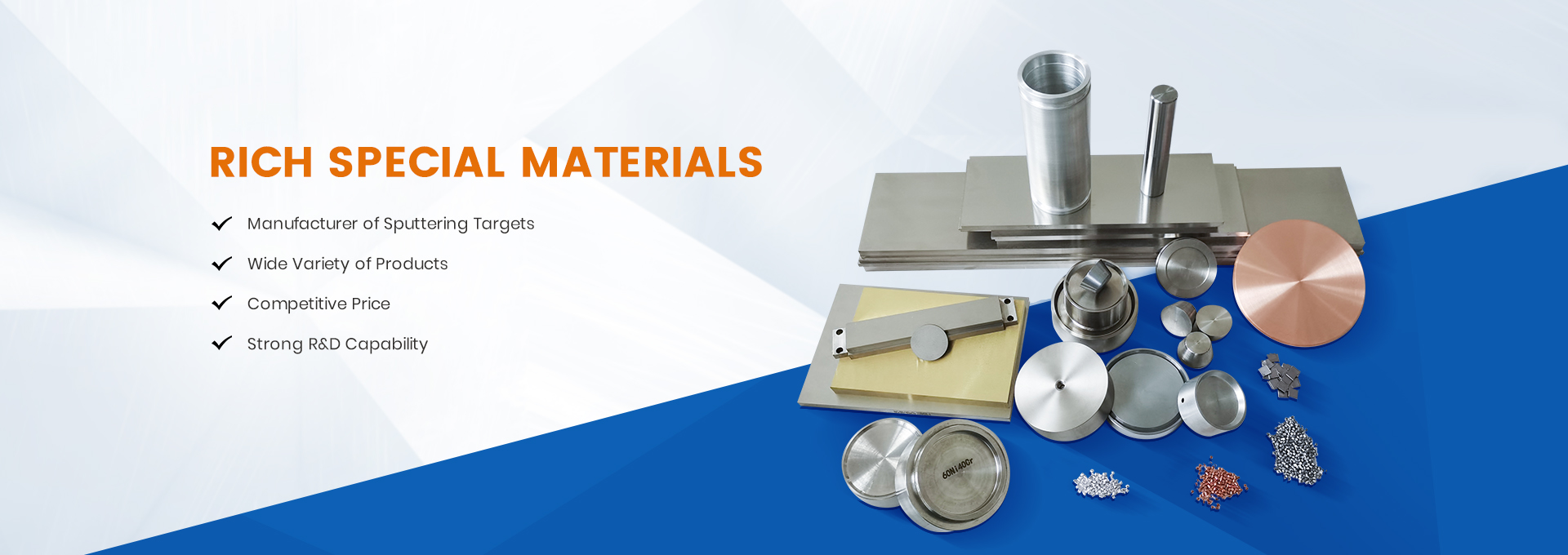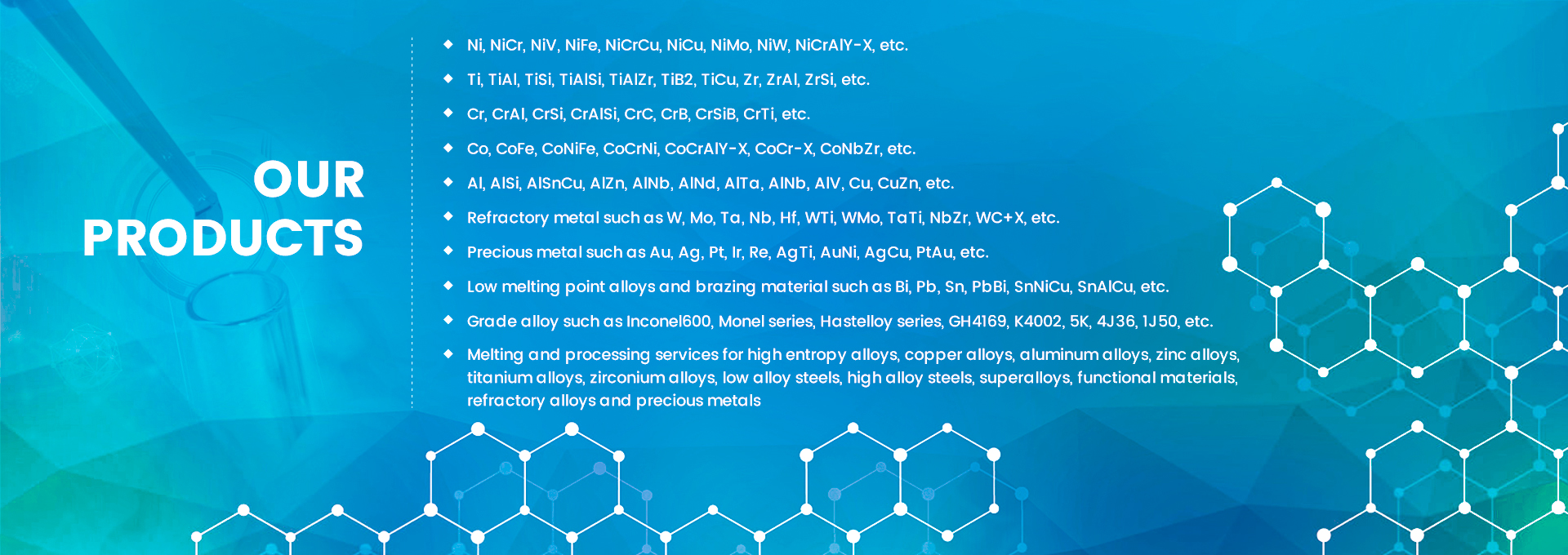In manufacturing, aluminum is one of the most popular and widely used metals. Al with light weight, strength to weight ratio is quite considerable, so it is favored characteristics. In order to meet the diverse needs of different industrial sectors, aluminum is combined with other elements to form aluminum alloys. Aluminum alloys come in a variety of forms and are widely used in various products, such as consumer electronics, packaging materials, automotive parts and aircraft parts.
Al alloy characteristics:
1. Light weight, high strength. The density of aluminum is about 2.7g/cm³, much lower than many common metals such as iron, copper, light weight at the same time, through the reasonable addition of alloying elements and optimization of processing technology, can significantly improve the strength.
2.Strong corrosion resistance: aluminum is easy to react with oxygen in the air, forming a dense alumina film on the surface, which can prevent the internal aluminum from being further oxidized, so that it can remain stable for a long time in a complex environment such as humidity, acid and alkali.
3.Good ductility and easy processing: With good ductility, it can be easily stretched, bent and stamped into various shapes to meet diverse design needs. Products of various shapes and sizes can be made by stamping, bending, drawing, casting, forging, extrusion and other processing processes.
4. Good thermal and electrical conductivity: thermal and electrical conductivity are excellent, widely used in electrical, electronic and other fields that have requirements for thermal and electrical conductivity. Such as wire and cable commonly used aluminum stranded wire, as well as electronic equipment radiator.
5. Strong recyclability: high recycling value, recycled aluminum alloy after re-melting, processing and other treatment, performance loss is small, can be used again to produce all kinds of aluminum alloy products, is conducive to saving resources and protecting the environment.
Classification of Aluminum Alloys:
By processing method:
| No. | Main components | Brand series | Major brand series | Application |
| 1 | Pure aluminum series | 1xxx | 1050、1060、1070 | commercial-purity aluminium |
| 2 | Aluminum copper series | 2xxx | 2A12、 2014、2024 | hard aluminum |
| 3 | Aluminium-manganese series | 3xxx | 3003、3004 | |
| 4 | Aluminum silicon series | 4xxx | 4032 | |
| 5 | Aluminum magnesium series | 5xxx | 5A06 | Anticorrosive Aluminum |
| 6 | Aluminum-mg-si series | 6xxx | 6061、6063 | Anticorrosive Aluminum |
| 7 | Aluminum zinc magnesium copper series | 7xxx | 7075 | Anticorrosive Aluminum |
| 8 | Aluminum + other elements | 8xxx |
| Item No. | code | material status report | Description and application |
| 1 | F | Free working state | It is suitable for the forming process, and the mechanical properties of the products without special requirements for work hardening and heat treatment conditions are not specified. |
| 2 | A | annealed condition | Suitable for the lowest strength processed products obtained by full annealing |
| 3 | H | Work hardening condition | Suitable for products with increased strength through work hardening, H code must be followed by more than two Arabic numerals. |
| 4 | W | solution heat-treated condition | An unstable state, only applicable to alloys that age naturally at room temperature after solution heat treatment, the state code indicates that the product is in the natural aging stage. |
| 5 | T | heat treatment condition | It is suitable for products that reach a stable state after heat treatment through (without) work hardening, and must be followed by the above Arabic numeral after the T code. |
Post time: Dec-23-2024





